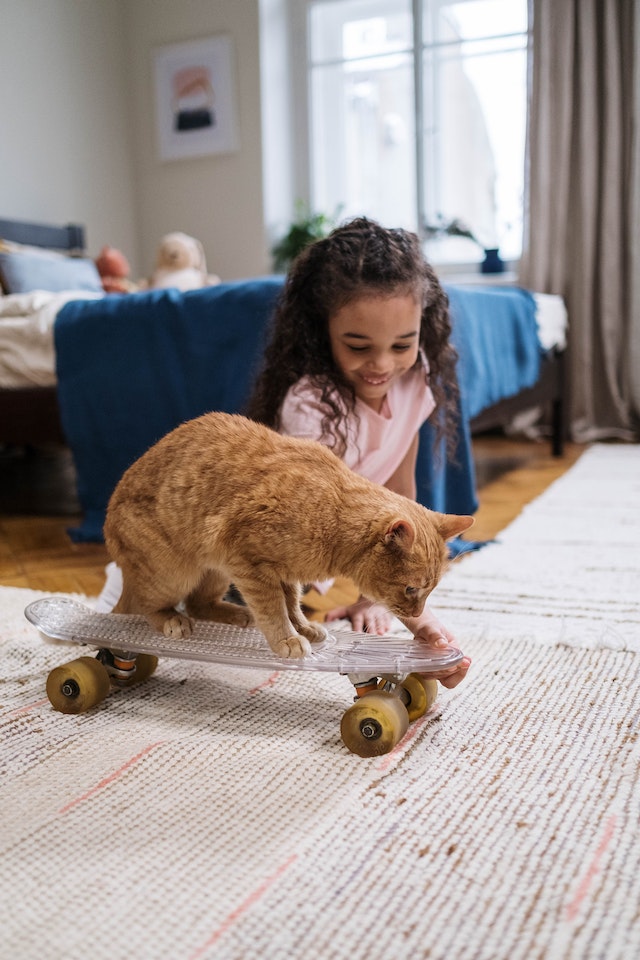Introduction: Training your cat to perform tricks can be a fun and rewarding experience for both you and your feline companion. But why not take it a step further and incorporate music into the training process? Teaching your cat tricks with a musical twist adds an extra element of excitement and engagement. In this article, we’ll explore how to train your cat tricks with a musical touch, creating a meow-sical delight for you both.
- Choose the Right Tunes: Select music with a lively and upbeat tempo to create a positive and energetic atmosphere during training sessions. Cats are sensitive to sound, so avoid loud or jarring music. Opt for cheerful tunes or classical melodies that are pleasant and soothing. You can even experiment with different genres to see what resonates with your cat.
- Create a Training Playlist: Compile a playlist of songs specifically for training sessions with your cat. This playlist will help establish a routine and signal to your feline friend that it’s time to focus and have fun. Play the playlist consistently during training sessions to create an association between the music and the training activities.
- Use Clicker Training: Clicker training is an effective method for teaching cats tricks and behaviors. Associate a specific sound, like the click of a clicker or a unique musical note, with a reward, such as a treat or praise. Click when your cat performs the desired behavior, followed by a reward. Over time, your cat will associate the click or musical note with a positive outcome, facilitating their learning process.
- Match Actions to the Music: Choose specific actions or tricks that can be synchronized with the rhythm or beat of the music. For example, you can teach your cat to spin in circles or jump on command, coordinating their movements with the music. Start with simple tricks and gradually introduce more complex actions as your cat becomes more comfortable and responsive to the musical cues.
- Reward and Positive Reinforcement: Positive reinforcement is key to successful training. Use treats, praise, or playtime as rewards when your cat performs a trick correctly. Timing is crucial—reward your cat immediately after they execute the desired behavior. The combination of music, rewards, and positive reinforcement will motivate your cat to continue learning and performing tricks with enthusiasm.
- Patience and Consistency: Training takes time and patience, so be consistent in your approach. Practice short training sessions multiple times a day rather than long sessions all at once. Cats have individual personalities and learning styles, so adapt your training techniques to suit your cat’s preferences and abilities. Keep the training sessions fun, engaging, and stress-free to maintain your cat’s interest and enjoyment.
Conclusion: Training your cat tricks with a musical twist can be a delightful and entertaining experience. By incorporating music, clicker training, synchronized actions, and positive reinforcement, you’ll create a meow-sical bond with your feline companion. Remember to be patient, consistent, and always prioritize your cat’s comfort and well-being. With time and practice, you and your musical cat will achieve impressive results, showcasing a harmonious partnership filled with joy and meow-sical delight.




